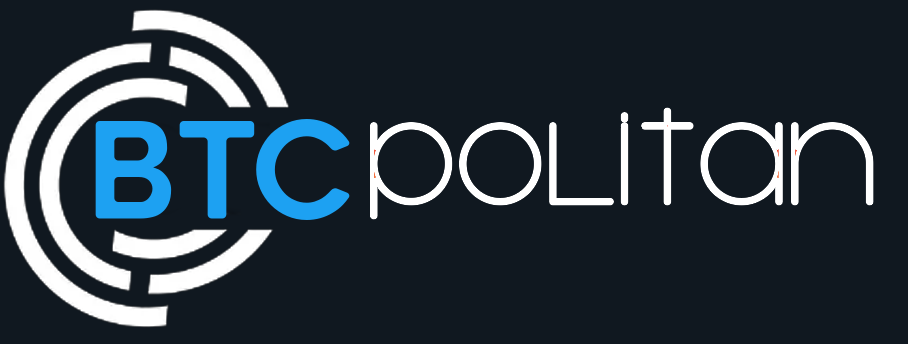On FOX Business, Brad Garlinghouse, the CEO of Ripple, detailed an interview that explained the cryptocurrency company’s growth strategy for the next three years. The plan includes expanding to many international locations and releasing a new stablecoin product backed by the U.S. dollar. This will help Ripple further extend its role in the global cryptocurrency market while addressing regulatory challenges, especially in the United States.
Furthermore, Ripple aims beyond the United States but will not supersede the markets (95% of its customers are currently international) where it conducts most of its business globally.
This strategic shift addresses the slower U.S. market adoption issue caused by tighter and more extensive regulations. Garlinghouse highlighted the dramatic growth in overseas markets and its importance in driving the company’s globally focused expansion.
Moreover, the company may launch a U.S. dollar-backed stablecoin for expansion. By adopting a new foreign currency, the company is reacting to the emerging stablecoin market trend, currently worth $150 billion and expected to grow immensely. Garlinghouse’s underlying focus is integrating traditional banking with cutting-edge crypto technology by creating an instrument for security, regulation, and worldwide access.
Ripple’s operations rely on XRP, the digital asset that acts as the startup’s payment protocol. Garlinghouse was convinced about XRP’s prospects and stressed that Ripple’s brand success depended on the widespread adoption of its broader solution set.
Furthermore, utilizing XRP in global payments and transfers benefits Ripple, resulting in the company’s staying power and relevance in digital currencies.
Ripple is actively implementing this as part of its plan to establish its infrastructure as a formidable system across the world’s financial industry, and that’s why it is diligently overseeing the efficient operation of XRP.
Ripple Faces Regulatory Hurdles, Prioritizes Compliance & Growth
However, Ripple is grappling with constant regulatory issues from the United States Securities and Exchange Commission (SEC), forcing it to make operational and strategic decisions differently. The ongoing legal battles show that breaking blockchain and current financial regulation frameworks is not simple.
Despite this, Garlinghouse remained dedicated to compliance and regulatory engagement. He firmly believes that such measures offer much-needed support for XRP’s high growth and would make the cryptocurrency appealing to investors searching for compliant virtual assets.
Moreover, this approach primarily aims to maintain Ripple’s existence and power within the increasingly scrutinized financial ecosystem, which calls for more regulations.
After three years of Garlinghouse’s leadership, Ripple will emphasize harnessing the opportunity provided by the growing global market, the forthcoming strategic stablecoin, and the development and implementation of XRP’s utility. Ripple faces regulator obstructions but is ready to tackle them, setting compliance and innovation standards in crypto.
This adaptive strategy is a testament to Ripple’s determination to pioneer in the constantly changing financial sector for years by offering technologically advanced cryptocurrency solutions that link traditional financial networks with modern financial structures.
Related Reading | SHIB At Crossroads: Navigating The 100-Day EMA Tightrope
Furthermore, the author’s views are for reference only and shall not constitute investment advice. Before purchasing, please ensure you fully understand and assess the products and associated risks.




Comments (No)